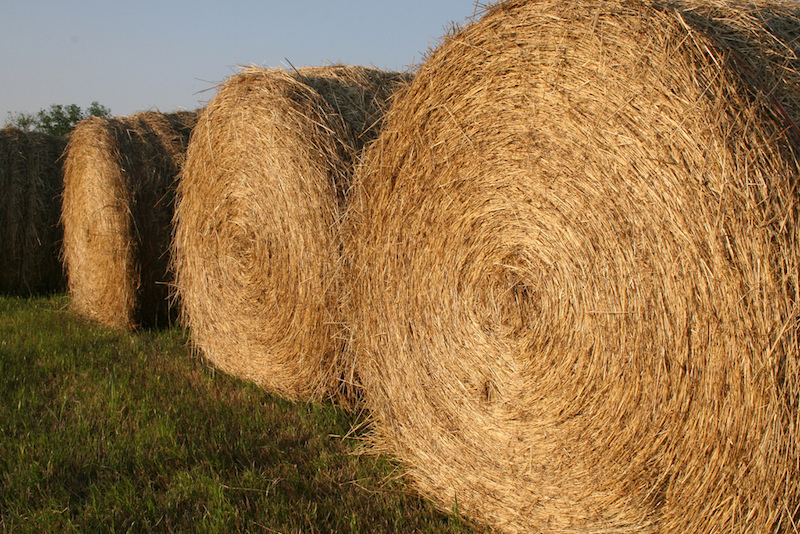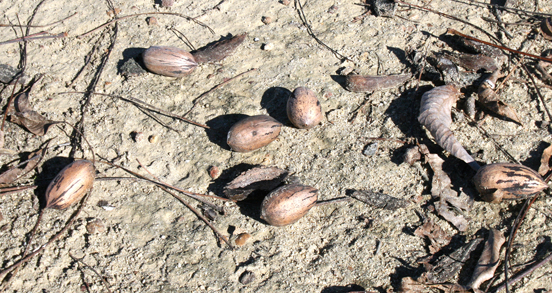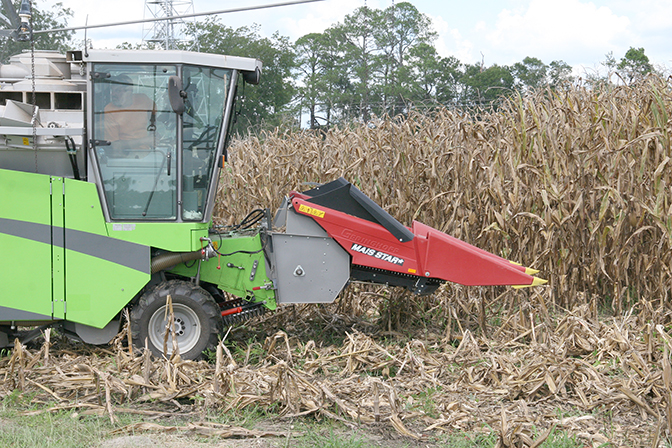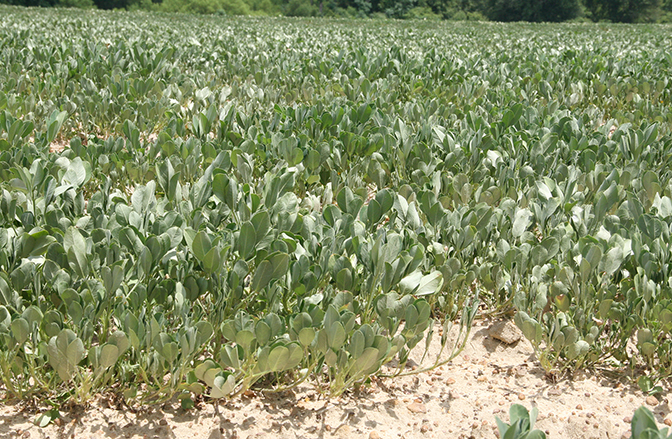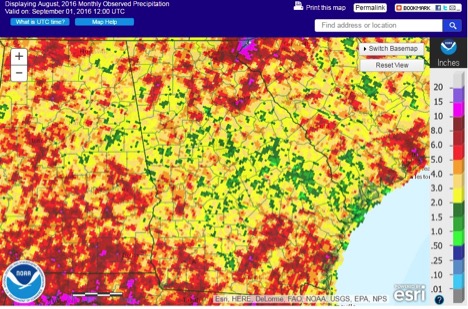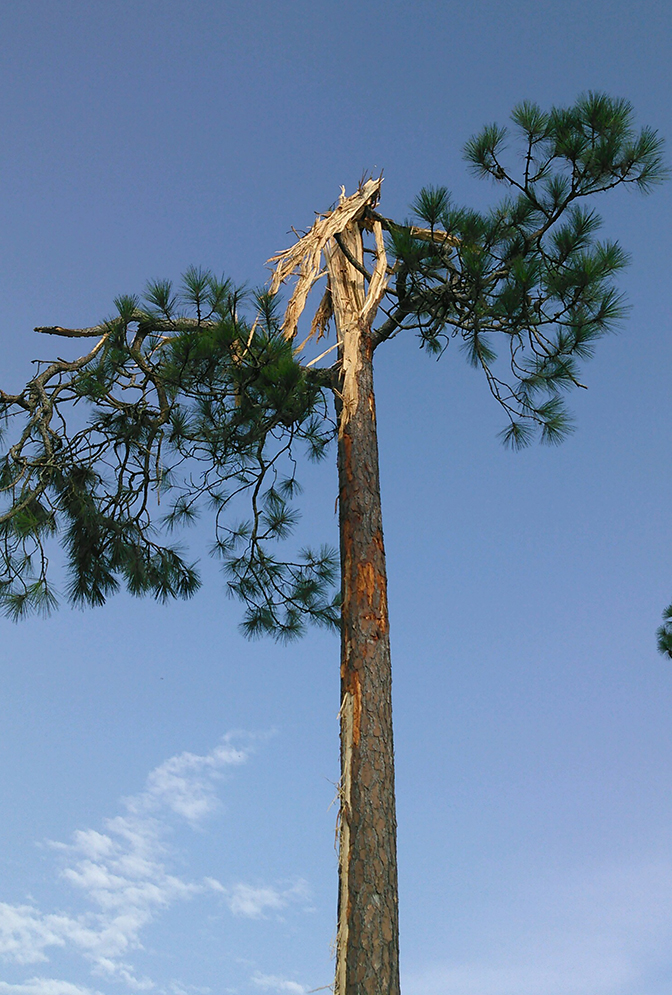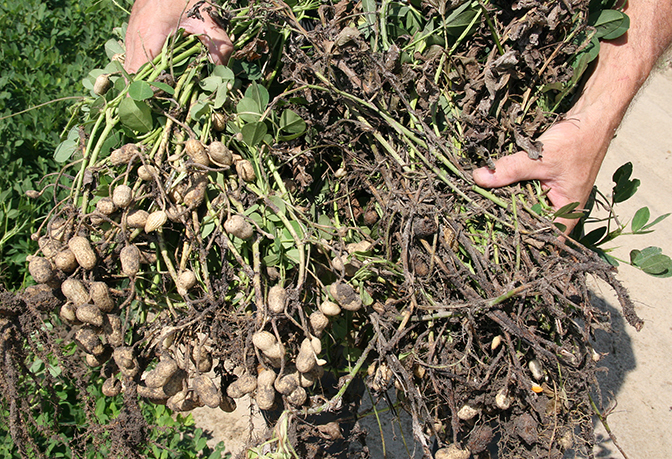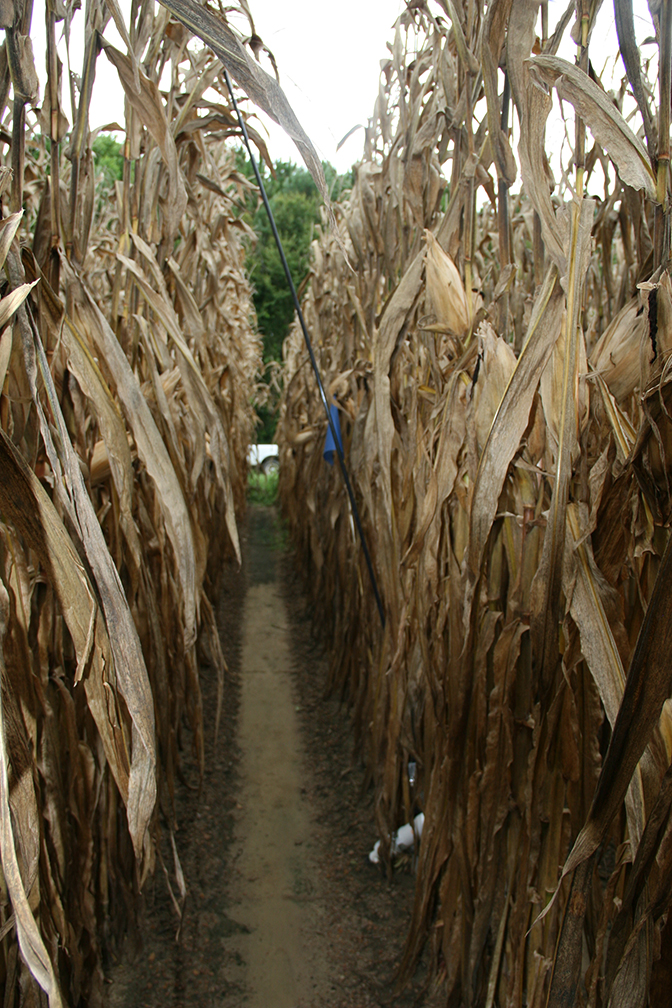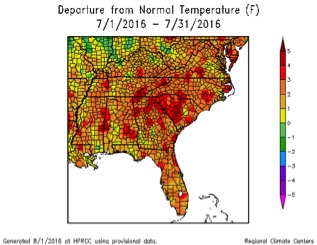 CAES News
CAES News
Storm Damage
When rebuilding your landscape after storm damage, do it in small, concentrated outdoor rooms or pockets, one area at a time. This method will help homeowners from getting overwhelmed. What took a few hours to bring down may take weeks to clean up.

